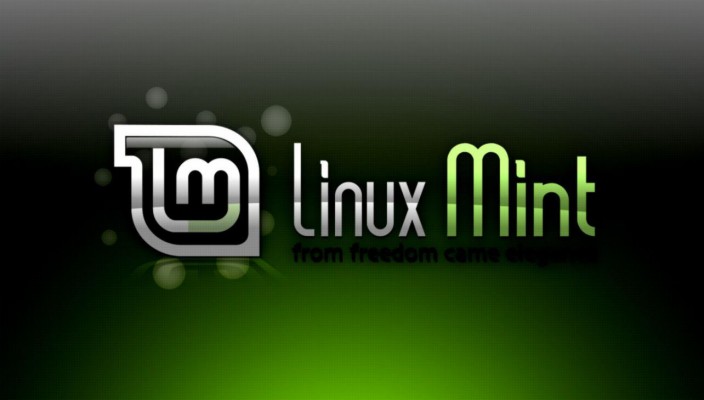How to upgrade to Linux Mint 20.2https://t.co/WIkFeJl2JC pic.twitter.com/QrkjCO9sV6
— Linux Mint (@Linux_Mint) July 8, 2021
Linux Mint 20.2 “Uma” Xfce released!https://t.co/qq18tqxVCx pic.twitter.com/fHLxH9jTsp
— Linux Mint (@Linux_Mint) July 8, 2021
DISCOVER LINUX MINT
- Website: https://linuxmint.com/
- Downloading: https://linuxmint.com/download.php
- Facebook: https://www.facebook.com/Linux-Mint/
Linux Mint is a free GNU/Linux operating system, created in 2006 from Ubuntu, itself based on Debian3 . It was made for personal computers on a par with Windows or Mac OS and claims to be a “modern, elegant and comfortable system, as well as powerful and easy to use.
According to the thesis of the Alexa website, Linux Mint is the most consulted Linux arrangement on google, after Ubuntu and before Debian5.
Created by Frenchman Clément Lefèbvre, the project is currently maintained by the Linux Mint team6. The motto of the scheme is “From freedom came elegance”: “From freedom came elegance”. Linux Mint follows the upgrade cycles of Ubuntu LTS. The only adaptation to date is called Linux Mint 20. 2 “Uma”, released on 8 July 2021.
32-bit or 64-bit?
64-bit is desired. 32-bit ISO images are provided to ensure compatibility with older computers. If your computer was built after 2007, you probably have a 64-bit processor. In case you have an old computer and you are not sure if it can or cannot run in 64-bit, read X86 Chronology. 2222 Security Policy Linux Mint assumes that users are as much at risk from system instability as they are from the possibility of a virus or malicious attack. In order not to threaten system stability, important security updates are therefore… simply recommended by Mint, but not automatically installed by default!
Linux Mint’s security policy assumes that users are as much at risk from system instability as they are from the possibility of a virus or malicious attack. So, in order not to threaten system stability, important security updates are… simply recommended by Mint, but not automatically installed by default!
So GNOME is moving to version 3.
This evolution raised a number of criticisms within the free software company, in particular because of the new GNOME Shell interface, this one being judged too complicated and not very practical7. With the intention of reacting to the many disappointments of the users of GNOME Shell and Unity, Linux Mint decided to develop its own interface, Cinnamon. Based on GNOME 3, it is intended to be easy to use and is inspired by traditional systems by using the concept of the taskbar and the start menu8. On the other hand, Linux Mint chooses to support the MATE interface, starting with the latest version of GNOME 29: less powerful, it can be used on computers with modest configurations.
In test since 2011, these two new desktop environments are implemented by default in May 2012 during the release of version 13 ( Maya10 ). Similarly, the theme of Linux Mint was subject to debate and evolution in order to meet the new aesthetic expectations of users.
According to Clément Lefèbvre, the founder of the agency: “The fashion is for shiny and minimalist/chic interfaces … and to say that the Mac had no influence in this would be ridiculous. This trend is also being followed by Ubuntu (I think it’s certain for everyone now) and Microsoft Windows: it just reflects the demand and visibility of this kind of aesthetic.
The computer is becoming a household appliance and its aesthetics must follow the trend of the period. Mint is one step ahead in this direction, and whether this is due to Apple’s influence or not is irrelevant anyway. In 2012, the re-release of GNOME ( 3. 6) continues to disappoint some members of the free software community. Clément Lefebvre will describe this re-release as a “catastrophe”. In May 2012, the re-release of Linux Mint 13 ( Maya ) removes some features deemed superfluous on the Nautilus file manager.
From the next release ( Linux Mint 14 ), this will be replaced by a new file manager named Nemo, based on Nautilus 3. 412. The CD version of Linux Mint is abandoned. Clément Lefebvre: “If you want to use Linux Mint as it was intended and to be used, you have to get the DVD edition.
The DVD edition is not Linux Mint + extras, it is simply Linux Mint.






